 |
| Illustration photo. |
To realize the goal of sustainable green growth in the new period, on October 1, 2021, the Prime Minister approved the "National Strategy on Green Growth for the 2021-2030 period, with a vision to 2050".
Accordingly, Vietnam sets specific goals such as: reducing greenhouse gases by at least 15% by 2030 and a further 30% by 2050; promoting the transformation of the growth model towards greening economic sectors; applying a circular economic model through the exploitation and economical and efficient use of natural resources and energy based on science and technology, application of digital technology and digital transformation; developing sustainable infrastructure to improve growth quality, promote competitive advantages and minimize negative impacts on the environment.
Committed to the future
Speaking at the 26th Conference of the Parties to the United Nations Framework Convention on Climate Change (COP26) in the United Kingdom on November 1, 2021, Prime Minister Pham Minh Chinh affirmed that climate change has truly become the greatest challenge facing humanity. Extreme weather events and rising sea levels are seriously affecting food security, water security, sustainable development, and even threatening the survival of many countries and communities.
The Prime Minister emphasized that as one of the countries most severely affected by climate change, Vietnam is making every effort to both respond to climate change and develop the economy to rise up, ensuring an increasingly better life for all people, while contributing responsibly to the international community.
As a developing country that has only begun the industrialization process in the past three decades, Vietnam has advantages in renewable energy. It will develop and implement strong measures to reduce greenhouse gas emissions using its own resources, along with cooperation and support from the international community, especially developed countries, both in finance and technology transfer, including mechanisms under the Paris Agreement, to achieve net zero emissions by 2050.
Following the Prime Minister's speech at COP26, Acting Resident Representative of the United Nations Development Programme (UNDP) in Vietnam Terence Jones expressed his impression of Vietnam's commitment, saying that this statement has encouraged other countries to increase their commitments to reduce greenhouse gas emissions. The UNDP representative was impressed with Vietnam's focus on a people-centered, equitable, and just approach to climate change so that everyone can benefit.
According to the recent assessment of Minister and President of COP26 Alok Sharma, Vietnam made the right decision in making a commitment to net zero emissions by 2050 at COP26. At the same time, he highly appreciated Vietnam's efforts to promote the implementation of this commitment, especially the establishment of the National Steering Committee to implement the commitment at COP26, headed by Prime Minister Pham Minh Chinh.
The COP26 President said that at the March 2022 meeting, at the proposal of the UK, G7 members agreed to include Vietnam in the list of countries prioritized for G7 energy cooperation. On that basis, the COP26 President hopes that the G7 and Vietnam will soon reach a cooperation agreement on a fair and sustainable energy transition.
Inevitable trend
The US is one of the countries that has early access to green growth policies to promote economic growth through policies to develop clean energy, save energy, reduce environmental pollution and regenerate energy. The US government has also passed a series of new emission standards such as requiring car manufacturers to switch to hybrid models that use both electricity and gasoline, improve engines to save fuel...
China has made green growth a top priority and has spent heavily on environmental protection in recent years. The world’s second-largest economy has set specific targets for cutting carbon emissions, aiming to reduce greenhouse gases by 10 percent and boosting its fossil-free power generation capacity. Through its “1,000 Enterprises” program, China has invested heavily in improving energy efficiency, providing financial support to consumers who choose energy-saving products, and establishing a dedicated fund for waste treatment.
Since 2003, Japan has issued the “Biomass Energy Strategy” and built smart, green and ecological urban models. To reduce emissions, since 2008, Japan has launched the “Action Plan for a Low-Carbon Society”, focusing on the production of renewable energy such as solar energy; developing non-gasoline vehicles, designing a new generation of electric vehicles; implementing a lifestyle that reduces CO2 emissions, reduces the use of fossil fuels and saves energy to reduce greenhouse gases. Japan has achieved the goal of reducing greenhouse gas emissions by 25% since 2020. Currently, the cherry blossom country is striving for the goal of reducing greenhouse gas emissions by 80% by 2050, reducing dependence on fossil fuels.
The UK has a long-term green strategy, which provides a package of measures for each sector to promote the use of low-emission vehicles. The UK Government sets out the strategy and vision for each specific sector, identifying opportunities and then setting targets. Links to other sector plans are outlined in the long-term green strategy.
Korea has had green growth policies since very early on, such as the Green Growth Strategy adopted in September 2008. The Korean government has taken a series of actions, including the stimulus package “New Green Growth Agreement” and the “Comprehensive Research and Development Plan for Green Technology”. The Green Growth Framework Law was also announced by the government in January 2010.
On May 10, the 42nd ASEAN Summit in Indonesia adopted the Leaders’ Statement on Developing a Regional Electric Vehicle Ecosystem. The statement emphasized the important role of electric vehicles as part of ASEAN’s efforts to reduce greenhouse gas emissions, accelerate the energy transition, decarbonize road transport, achieve carbon neutrality, and improve energy security in each country and in the region.
Vietnam's efforts
Currently, the awareness of people, businesses and communities about the role and significance of green growth has been significantly raised, gradually changing production, living and consumption behaviors and taking many practical actions to contribute to the implementation of the Government's National Green Growth Strategy.
At the annual Vietnam Business Forum with the theme “Business community accompanies the Vietnamese Government in promoting green growth” held on March 19 in Hanoi, Prime Minister Pham Minh Chinh directed that green growth needs a suitable roadmap, taking into account different conditions and capacities, and the feasibility of each region, locality and enterprise.
The Prime Minister encouraged the response and participation of all social actors, especially businesses and people, to further promote projects in the form of public-private partnerships (PPP) in green growth; promote production and business models, form new value chains and industries through greening industrial-agricultural production and services, and encourage the development of green distribution systems and green consumption.
Fully recognizing the role of green growth as the main driving force for sustainable development and an effective tool to help the Government balance domestic and international resources effectively, closely linking with sustainable socio-economic development goals will contribute to promoting economic restructuring associated with growth model innovation, aiming to achieve economic prosperity, environmental sustainability and social equity, which are the goals that Vietnam is aiming for.
With the efforts and determination of the entire political system, and with a clear implementation orientation, Vietnam's green growth in the coming time will certainly continue to make positive contributions to the economic restructuring and growth model transformation.
In the context of “unprecedented” changes in the world, especially with the extremely strong impact of the Industrial Revolution 4.0, green growth continues to be both a goal and an approach to fully exploit positive effects, contributing to creating breakthroughs in successfully implementing the goal of rapid and sustainable development in the coming decades, fulfilling Vietnam's commitment to the international community on greenhouse gas reduction at COP26.
Source


![[Photo] Comrade Khamtay Siphandone - a leader who contributed to fostering Vietnam-Laos relations](https://vstatic.vietnam.vn/vietnam/resource/IMAGE/2025/4/3/3d83ed2d26e2426fabd41862661dfff2)
![[Photo] Prime Minister Pham Minh Chinh receives CEO of Standard Chartered Group](https://vstatic.vietnam.vn/vietnam/resource/IMAGE/2025/4/2/125507ba412d4ebfb091fa7ddb936b3b)
![[Photo] Special relics at the Vietnam Military History Museum associated with the heroic April 30th](https://vstatic.vietnam.vn/vietnam/resource/IMAGE/2025/4/3/a49d65b17b804e398de42bc2caba8368)

![[Photo] Prime Minister Pham Minh Chinh receives Deputy Prime Minister of the Republic of Belarus Anatoly Sivak](https://vstatic.vietnam.vn/vietnam/resource/IMAGE/2025/4/2/79cdb685820a45868602e2fa576977a0)






































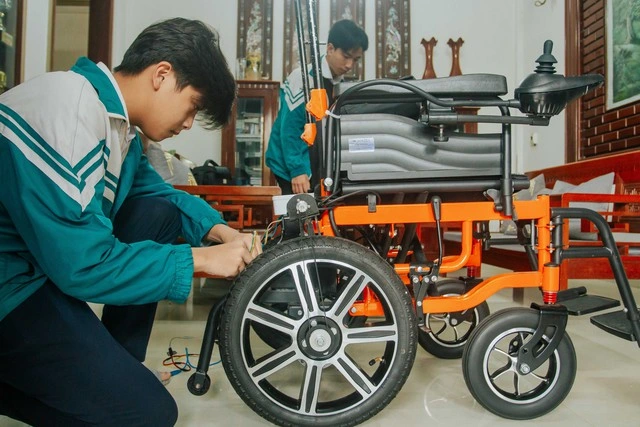




























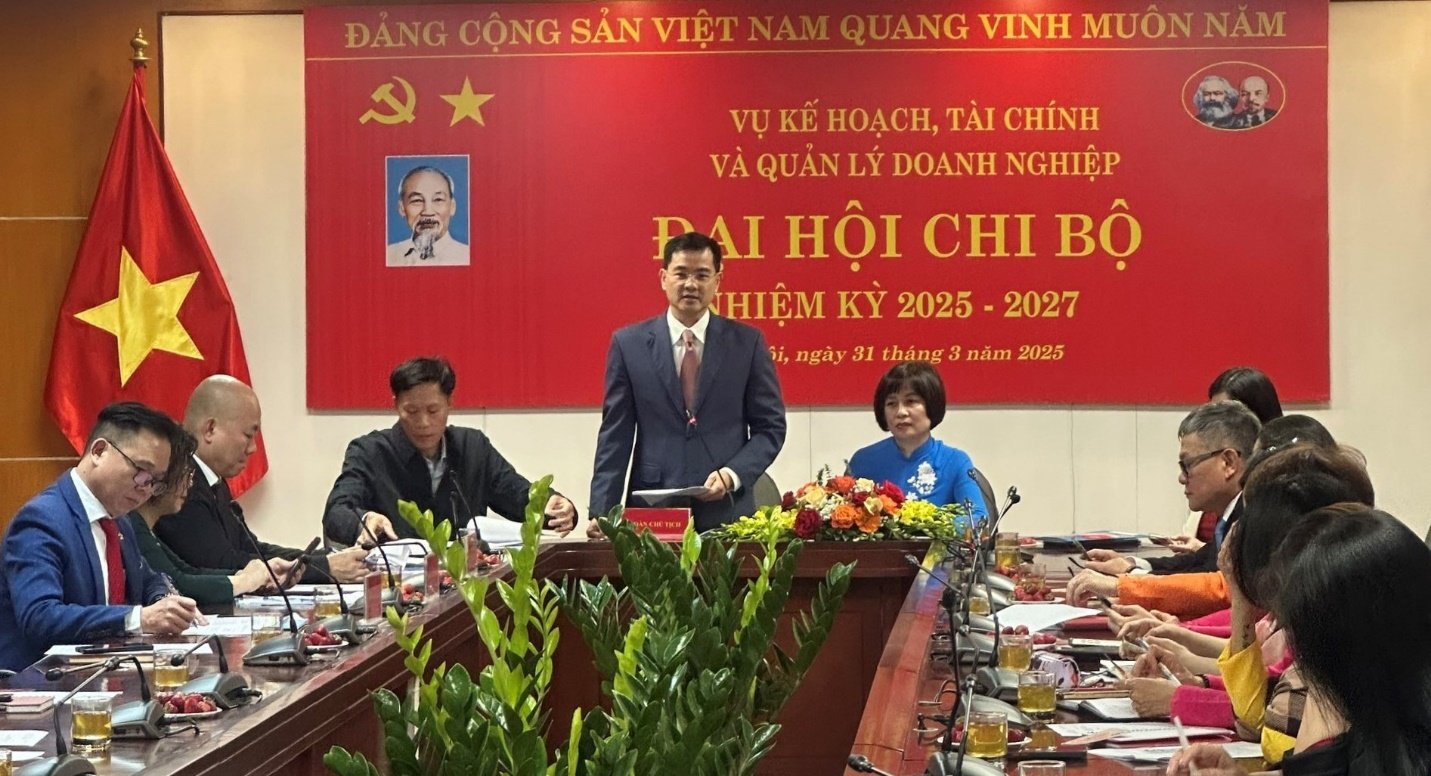




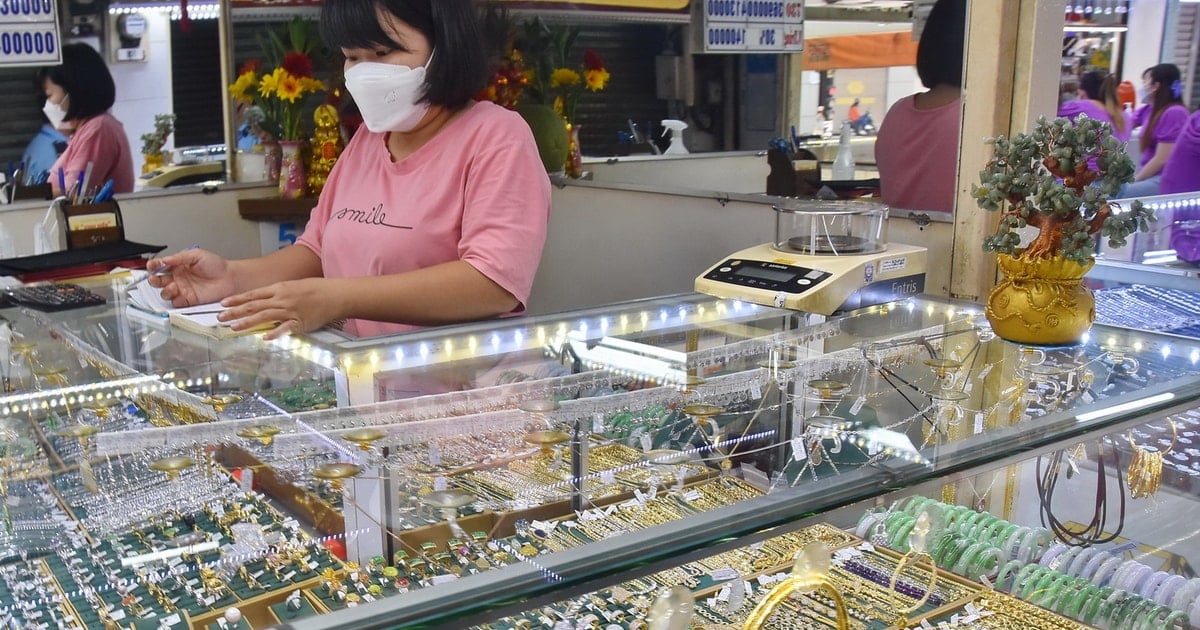



















Comment (0)